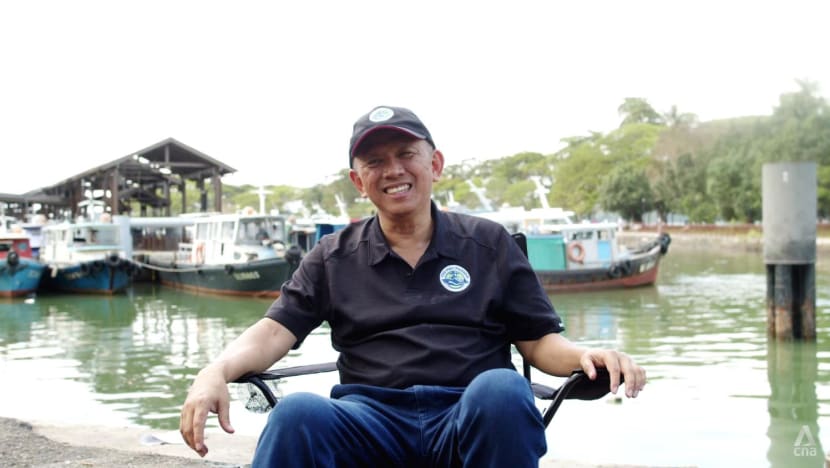Can Singapore serve up the fittest red snapper? With scientists, this fish farmer's working on it
How to double fish production without doubling his farming area? By getting the fish to "survive better", says Malcolm Ong. He’s counting on a new aquaculture research programme by the Singapore Food Agency to achieve his mission.
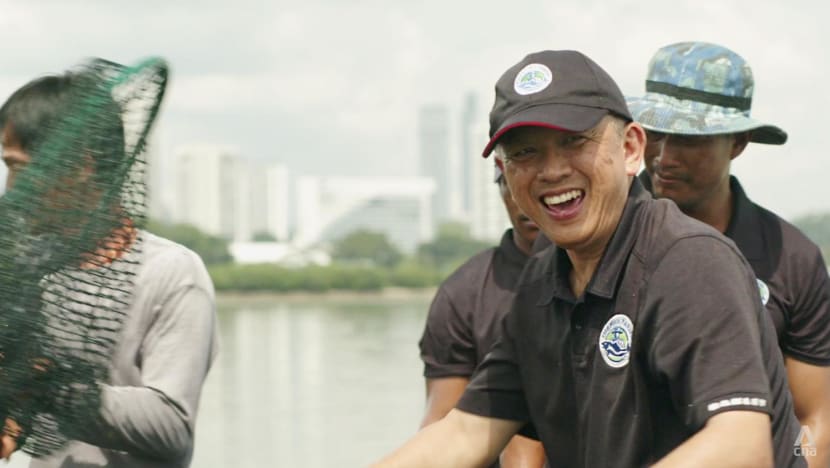
Malcolm Ong is relishing his second career as a fish farmer.
In partnership with the Singapore Food Agency
SINGAPORE: The open sea and genuineness of local fish farmers were just the tonic that former IT engineer Malcolm Ong needed 15 years ago.
At the time, bitterness over how things had ended with his former company was eating away at him.
What “forced” him to look beyond the unhappy situation, was an investment in a fish farm he had made the year before.
“I’d just wanted to put the money (into the farm) and let my partner run (it),” said Ong. “I (saw) it more as a hobby and not as something very serious.”
Ong had always enjoyed boating and loved being out at sea. On trips around Singapore’s waters, he began chatting with farmers, and they told him about their difficulties and triumphs. This stoked his interest in the trade and he put some money into a farm in 2007.
It had its first harvest a year later, around the time he parted ways with his former company. The harvest was “bountiful”, and Ong pondered a career switch.
“I had been doing IT for over 20 years by that time. … I could have easily gotten (another) good job,” he said. “But I just didn’t want to go back into it. I wanted a change.”
So, he ventured into something new.
WATCH: When traditional fish farming gets help from science and innovation in Singapore (11:28)
From one farm off Lim Chu Kang, Ong now owns four sea-based farms off Lim Chu Kang and Changi, producing about 1,000 tonnes of fish a year.
The waters around Lim Chu Kang are “more brackish” and suitable for rearing milk fish and grey mullet, and he is currently the biggest producer of both types of fish in Singapore.
The waters off Changi, meanwhile, are saltier and suitable for fish that are more popular with Singapore consumers. They include red snapper, barramundi (Asian sea bass), golden pomfret and sea perch.
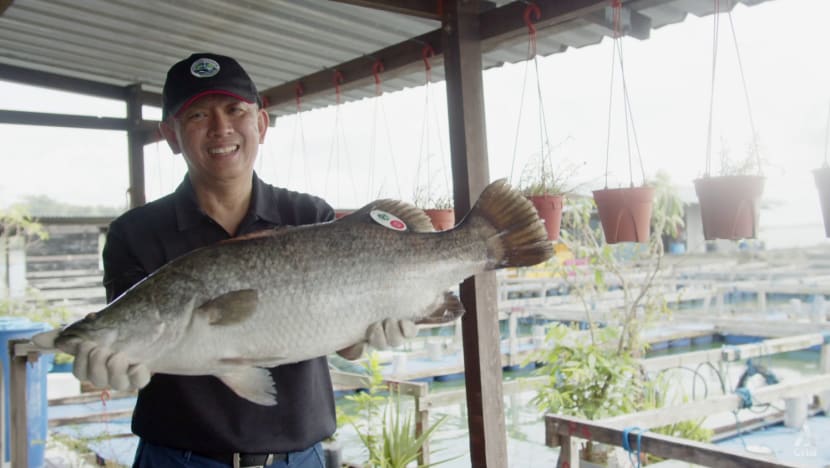

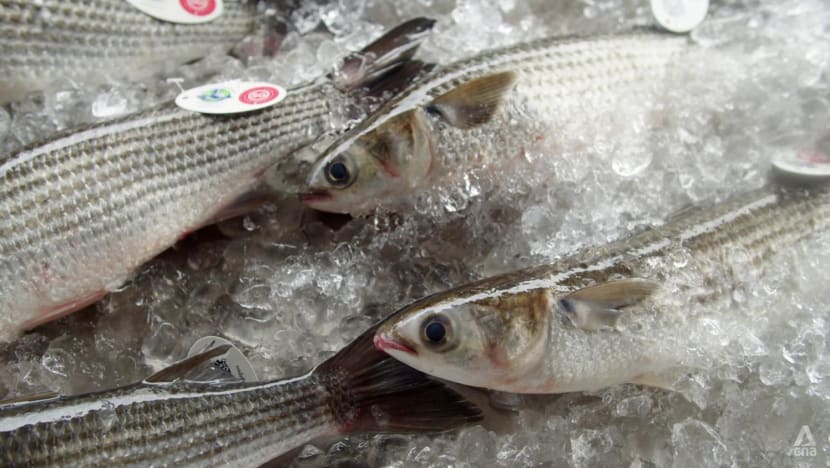
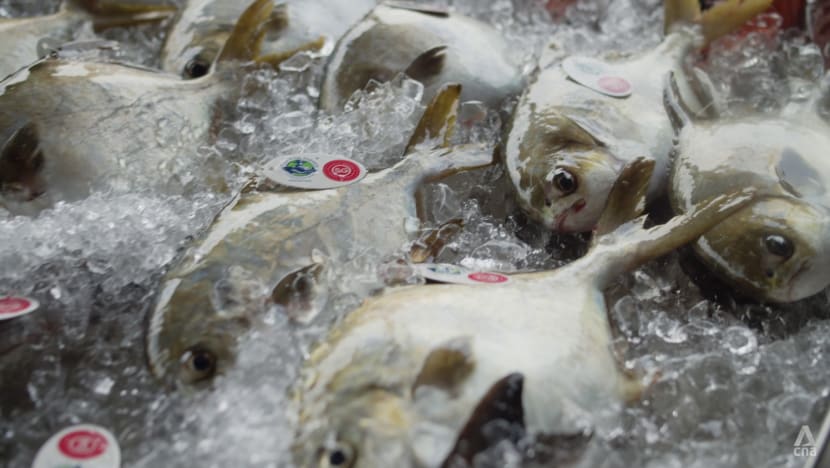

Ong’s business has grown steadily, and the 60-year-old feels it’s time for a “jump”.
“Our goal right now is to be able to double our production, but (without doubling the farming area),” he said.
How do we do that? By (getting) the fish to survive better.”
SURVIVAL OF THE FITTEST
While he doesn’t have the resources to do intensive research and innovation, scientists with various agencies do — and Ong has joined hands with them under a new Singapore Food Agency (SFA) programme called AquaPolis.
Introduced in November last year, the aquaculture research development programme brings together research institutes, institutes of higher learning, farms and companies to develop solutions for challenges faced on the ground.
For example, the AquaPolis will see scientists look into developing superior fingerlings with traits such as faster growth rates and lower mortality from common fish diseases.
“There is a need to develop our own methods and solutions in aquaculture, as how we farm fish is different from how other farmers in the region do it,” said Dr Jiang Jun Hui, director of SFA’s aquaculture department. “We need to produce intensively and sustainably, and science can help us achieve it.”
Ong’s The Fish Farmer is one of seven farms that will be part of AquaPolis. His partnership with scientists, however, is not new.
Since 2021, Ong has been working on the selective breeding of red snapper with the SFA’s Marine Aquaculture Centre at St John’s Island, James Cook University and Republic Polytechnic.
“What Malcolm wants is to have a snapper that can grow faster, have a higher survival rate and have better flesh quality, such as higher Omega-3 content,” said Jiang. “To do this, we will need to start selecting snappers that exhibit such traits.”
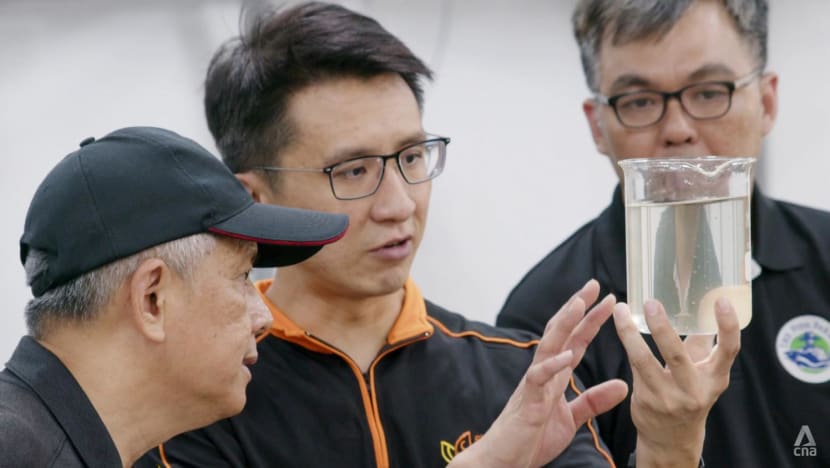
The partners obtained red snapper samples from Singapore and the region, and developed the tools to sequence the fish’s genome. This enables them to “more accurately and quickly select for offspring that have some of these traits, (to serve as) the next generation”, said Jiang, who did his doctorate on fish genetics.
Selective breeding is an “ongoing process” and the researchers need to keep improving each generation of fish, he explained.
Another item on fish farmers’ wish list is the ability to produce their own fingerlings, or young fish, said Jiang. “They want to have their own broodstock to be able to do … spawning.”
Last November, the SFA and Belgium-headquartered fish and shrimp nutrition provider INVE Aquaculture signed an agreement to jointly set up a hatchery technology centre at the Marine Aquaculture Centre.
Through the partnership, farmers will also receive training to help them build a consistent supply of quality fish fry.
IMPROVING FARMING METHODS
Singapore currently imports over 90 per cent of its food, but has set a “30 by 30” goal to ramp up the capability and capacity of the agri-food industry to sustainably produce 30 per cent of its nutritional needs by 2030.
This will reduce its vulnerability to supply chain disruptions that could occur due to climate change, disease outbreaks and other factors.
The authorities have identified seafood as a priority as it is one of the more “productive and resource-efficient food types, a good source of protein and suitable for land-scarce Singapore”, the SFA said.
Co-funding support, such as through the S$60 million Agri-Food Cluster Transformation Fund, has been rolled out to support the transformation of the agri-food sector into a highly productive, climate-resilient and resource-efficient one.
In tandem, of the S$309 million that the government has made available under the Singapore Food Story research and development programme, over S$60 million is allocated to aquaculture.
To detect changes in water conditions, Ong uses technology. With the help of water monitoring systems — acquired with the help of SFA grants — he knows when to deploy aerators and pumps to boost dissolved oxygen levels.
The SFA has been working with Ong and other sea-based farmers to improve farming and management practices. For instance, it has been encouraging farmers to use pelleted feed to reduce the farms’ environmental impact.

“The way to make sure the feed is properly eaten and (doesn’t) pollute the water, is to make sure the right pellet sizes are given,” Ong explained. “We have small pellets for small fish and, of course, big pellets for big fish. And we have different feed formulations for different species of fish and fish at different stages (of growth).”
The SFA will also conduct routine sampling of the water and seabed around sea-based farms, to monitor the overall health of the marine environment.
And from this year, it will provide aquatic animal health services so that farmers can consult vets or other experts on disease management, and have access to testing. This will help the farmers prevent and control diseases that can impact the survival of their fish, as well as their harvests.
CLEANED, GUTTED AND (ALMOST) READY TO EAT
Ong keeps his farms running with a team of seasoned hands that include his business partner, Lim Sin Guan, 56, and newer hires with a diploma in veterinary technology from Temasek Polytechnic.

But he knows there is another crucial ingredient for success: customers.
“After you grow the fish, there are many steps to get it to the consumer,” he said.
Getting his products into supermarkets was daunting. Ong recalled a meeting around 2010 arranged by the Agri-food and Veterinary Authority (SFA’s predecessor) between supermarket giant FairPrice and he and five other farmers.
After the meeting, Ong wondered how he would be able to fulfil its requirements for packaging and delivery. “It means another team of people working at night, doing the deliveries. … These are all things that add to costs,” he said.
Most of the farmers (at the meeting) gave up because they can’t fulfil (the requirements). But I had this feeling that we shouldn’t just give up.”
He decided to approach FairPrice again, and managed to connect with third parties who could do packing and other retail-related tasks for his company “until we were able to grow the volume”.
The Fish Farmer’s products are now available at all FairPrice outlets, he said.
During the COVID-19 pandemic, Ong also had to look for new ways to reach customers. Business from wholesale clients such as airlines took a hit, so he ventured onto e-commerce platforms such as Shopee, Amazon and RedMart.
He has learnt a thing or two about consumers’ tastes. More of them now want their fish to be cleaned, gutted, filleted and vacuum-packed, Ong said, and The Fish Farmer has responded.
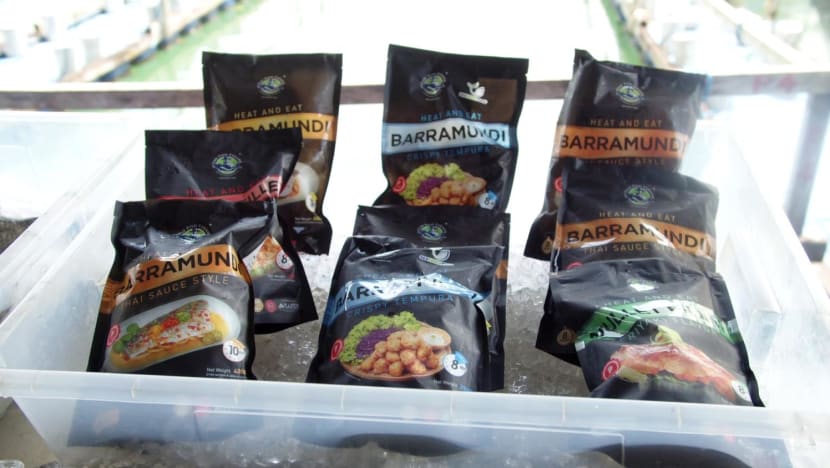
More of them also want their food pre-prepared — so The Fish Farmer rolled out a “heat-and-eat” range last year that includes fish marinated in flavours such as teriyaki and mala.
Ong is savouring his second career as a fish farmer. And he hopes Singaporeans will give farmers like him the support they need to thrive.
“We’re trying to do our part for this ‘30 by 30’ goal,” he said. “And you can do your part by supporting local.”
